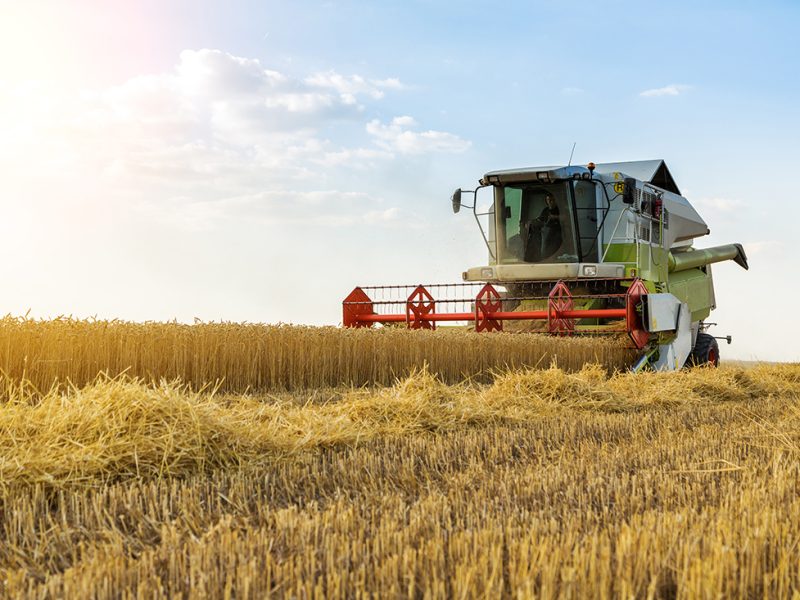Statistics Canada has relied on satellite technology and agroclimatic data to model preliminary crop yields and production for several years, and estimates released August 29 point to a modest decline in seeded acres this year for grain and oilseed crops but a sharp decline in the projected harvest for certain crops.
Overall, seeded acres are down 4%, according to Statscan. However, the harvested acreage of wheat and oats – the two largest crops after canola – is expected to be significantly short of what was planted.
Growers are forecast to harvest just 80% of their oats, or 65,000 acres. Wheat growers will harvest 83% of their seeded fields, or 91,900 acres.
The good news for wheat growers is that their harvest will be above last year’s, with a significantly greater proportion having been planted to spring wheat.
“Overall I feel comfortable saying we’re going to settle at about 70% of an average crop,” says Jennifer Critcher of the BC Grain Producers Association.
A big challenge this year was precipitation. Peace producers have weathered a Level 5 drought, with precipitation in most areas at least 60 mm below normal.
Wildfire smoke early in the season that may also have reduced quality, but the impacts of this year’s conditions vary by farm.
“It’s all over the map,” Critcher says. “You’re talking to some guys and they’re saying it’s going to be a really great year on their farm and then there’s other guys that it’s going to be the worst year that they’ve had.”
Statscan says lower production for most crops this year was driven by lower yields because of dry conditions, noting that reports out of Alberta indicate that just 43.1% of the total crop was rated as being in good to excellent condition at the end of July. Manitoba was the exception in Western Canada, with crop conditions in the province rated good.
Warm, dry conditions at harvest are welcome, however, and this hasn’t always been the case in the Peace in recent years. With the forecast showing good weather for the next two weeks, growers are optimistic about getting their crop in while the going’s good.
“We should be able to get everything off dry and in the bin,” Critcher says.


 Creston farmland sees demand
Creston farmland sees demand